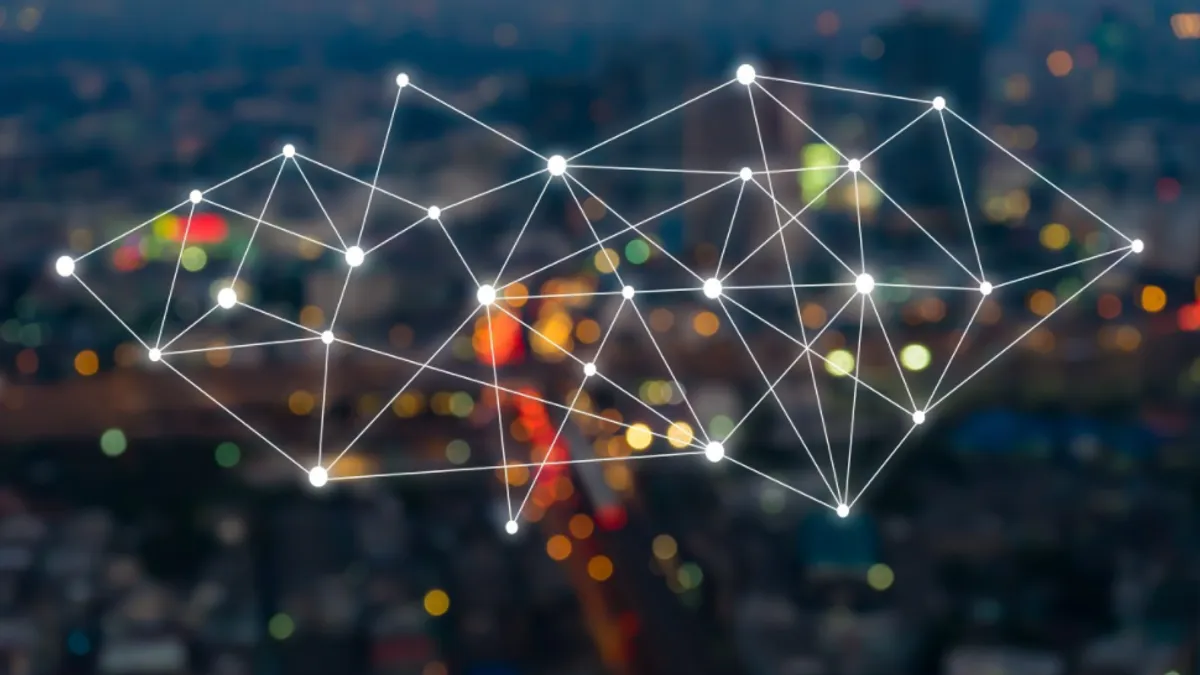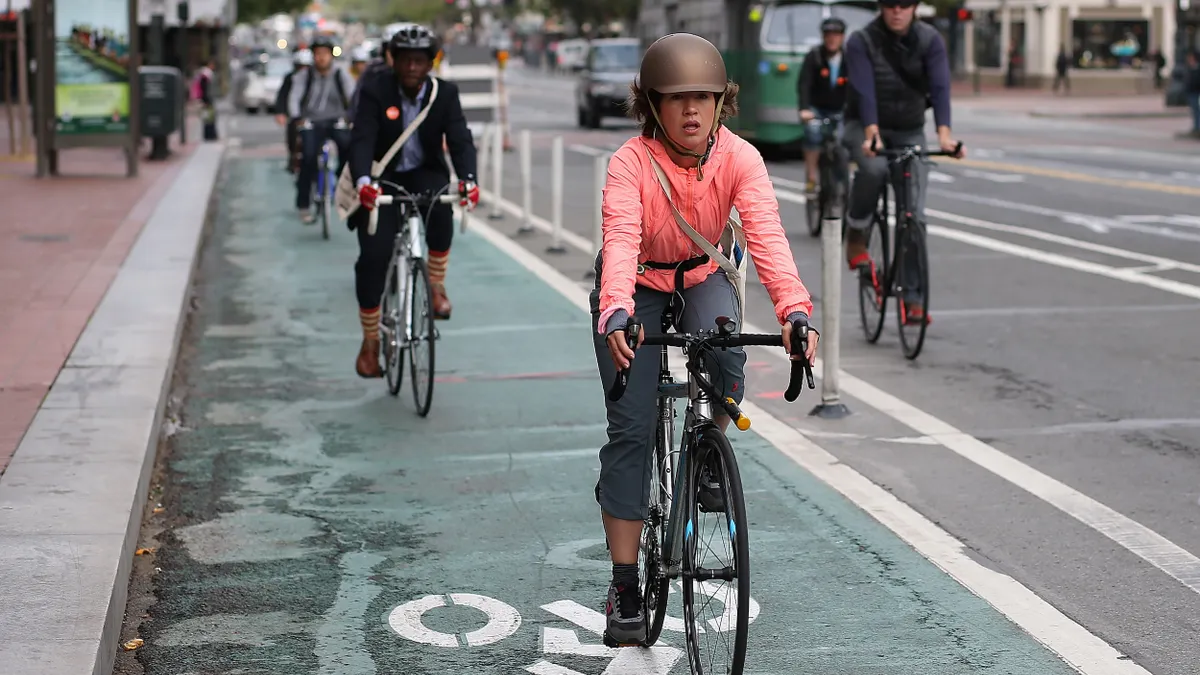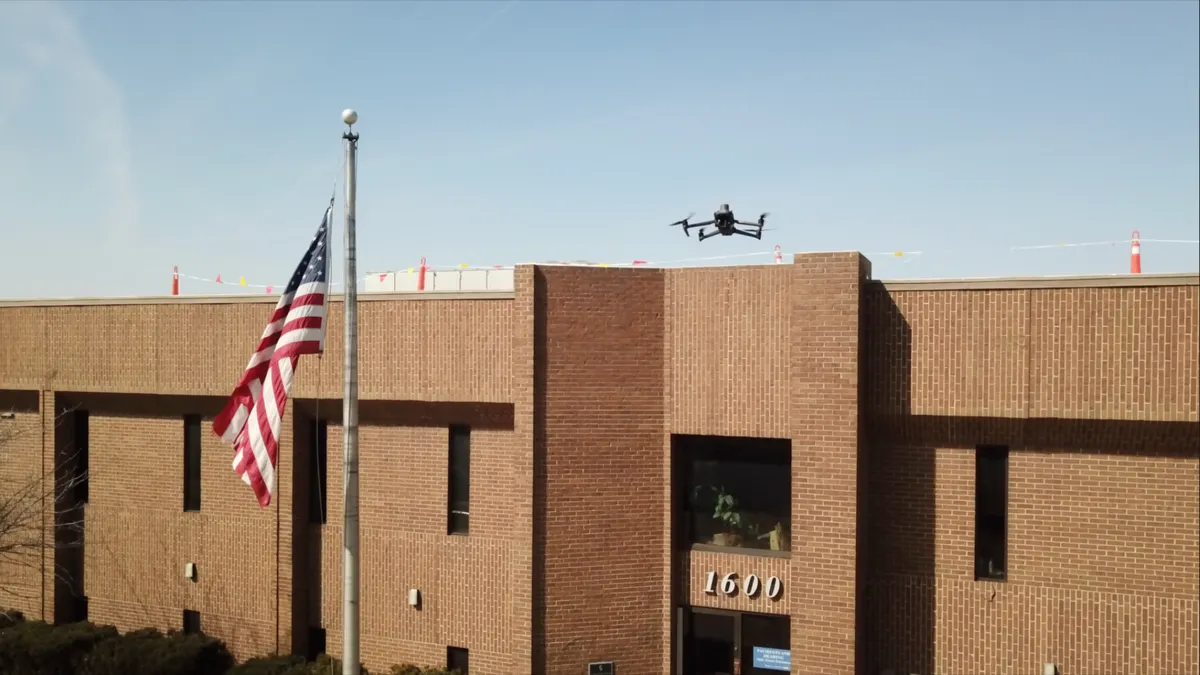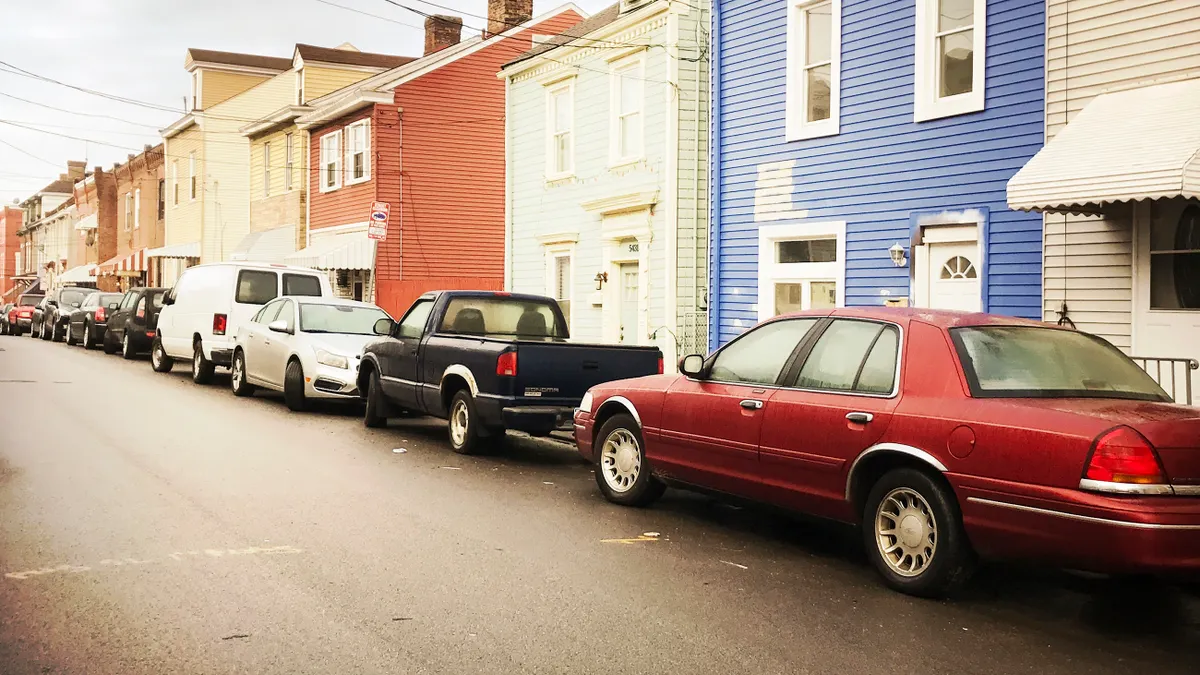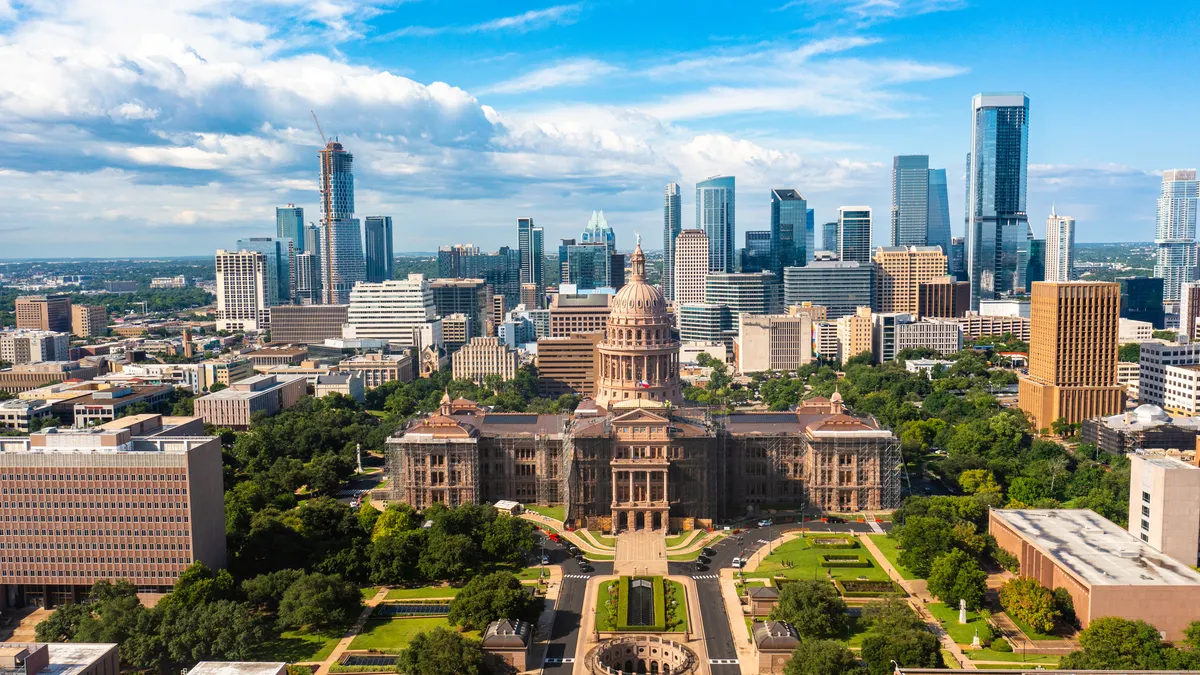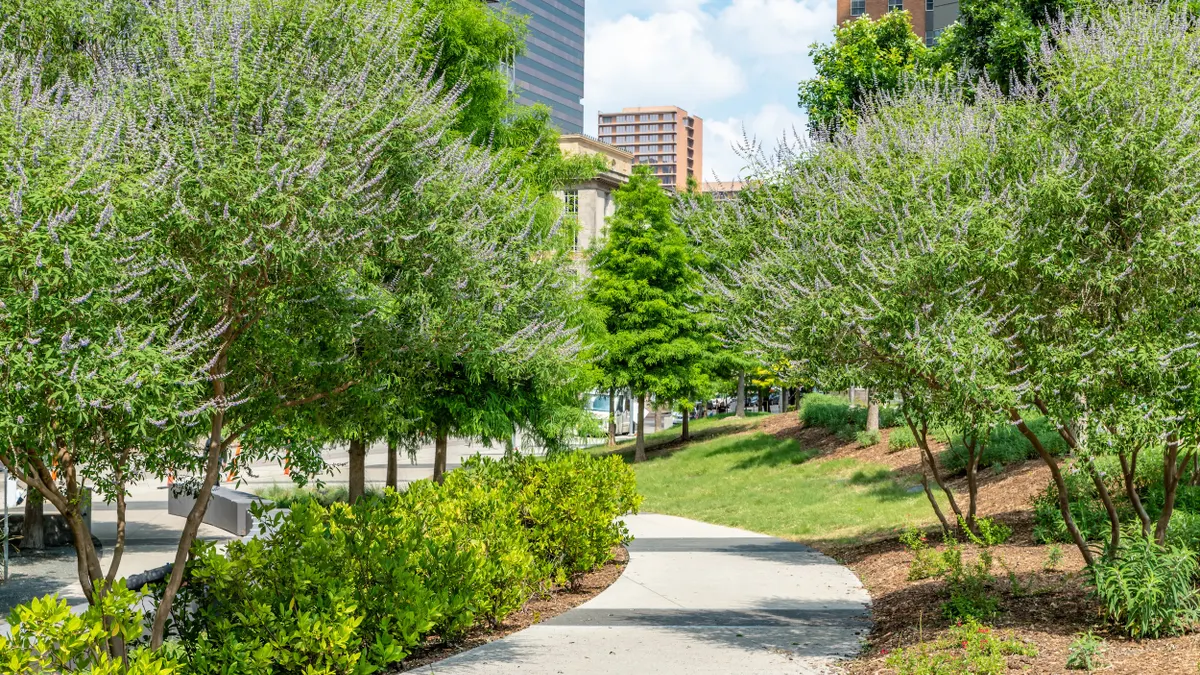Editor's Note: The following is a guest post from Ronald Chagoury Jr., vice chairman of Eko Atlantic.
It's incredibly difficult to look for a silver lining in the midst of a pandemic when all you can see is the carnage it's caused in its wake. Millions of people have lost their lives. Millions have lost their jobs. We've all lost any semblance of normalcy, and it looks like this will be our reality for the foreseeable future.
But believe it or not, there is a silver lining in all of this.
Disease outbreaks are a grim reminder of how one incident can snowball into a global nightmare, but they also have a long history of changing things for the better. London got its Victorian sewer system after the cholera epidemic claimed the lives of 30,000 people. The Spanish flu, one of the worst pandemics in history, brought about better ventilation standards for buildings.
COVID-19 is poised to bring about the same widespread change as other pandemics have by accelerating the adoption of smart city technology across the world. Klaus R. Kunzmann, the former head of the Institute of Spatial Planning at the Technical University of Germany, describes the coronavirus outbreak as being "a lubricant for the smart city."
Let's unpack this.
Familiarity incites higher levels of trust
Technology is so enmeshed in our world that it's hard to imagine life without it. Yet, many people are only comfortable with technology as far as smartphones and computers go; anything else feels too dystopian or invasive.
Smart cities have been around since the 1990s and gained traction following the financial collapse of 2008, but their adoption has been slow-going since then. Consolidating smart technology into a city's existing infrastructure comes with a hefty price tag, but it's also met with skepticism and unease by many people across the world.
The pandemic has now exposed people to conditions that make smart city tech easier to swallow. Its impact on the economy, the community and the healthcare sector have local governments and citizens clamoring for change. Citizens are now more open to smart city solutions than ever before, which has opened the door to rapid expansion.
While modern technology will eventually influence everything about a city's infrastructure, there are a few areas where digital transformation has become the most urgent.
Intelligent traffic management
Smart traffic management systems are replacing the outdated, manual processes that cities have used for so long. For the first time, technology allows cities to respond to changing environments in real-time.
Even a simple shift to smart traffic lights could reduce street congestion by upwards of 25%. Waiting for a red light to change if there's no traffic coming from the other direction will eventually become a thing of the past. Instead of following a predetermined time setting, smart traffic lights will respond to what's happening in the moment.
Digital grids not only make it possible for traffic lights to communicate with one another to enhance traffic flow and decrease congestion, but they also give city managers the ability to implement better traffic policies, like prioritizing pedestrians in school zones during the most active times of the day.
Drivers can even connect to software that gives them real-time traffic updates so they can avoid accidents, congestion, and peak rush hour traffic, which becomes even more advantageous for first responders and other emergency vehicles. This AI-driven software makes driving simultaneously easier and safer.
5G will be the new standard
If you own a device that requires data, you already know that countries are gradually updating their networks to be able to support 5G capabilities. As of the beginning of this year, 378 cities across 34 countries have been able to make 5G available in their areas — with that number only growing.
Efforts to introduce 5G technology have seemed slow-paced, but this process has been sped up in the wake of the pandemic. Initially, it was assumed that the impacts of the virus would inevitably slow down or delay the installation of 5G networks altogether, but this has proved to be false.
With stay-at-home and social distancing orders underway, empty streets and sidewalks actually allowed countries to easily install the infrastructure necessary to introduce 5G into their cities. Since the business sector has shifted to temporary or permanent remote work in response to coronavirus safety protocols, a faster and more reliable connection allows employees to do their jobs from home more easily than ever before.
Another benefit of 5G networks is that they open up a new opportunity for connection. Cities can communicate with people in real-time to deliver important messages and promote forums for discussion. In the midst of a pandemic, this open collaboration supports transparency and is paramount in helping areas overcome the devastating consequences of an unprecedented health emergency.
Integral to the success of 5G in the future is the strength and quality of fiber optic cables now. As RCR Wireless News explains, "Much like the human bloodstream, only about 11% of traffic is carried by wireless networks... The other 90% of internet traffic is supported and carried by the wireline network. So in a 5G world, the customer experience will be improved by better small cell wireless access points. But ultimately, the quality and reliability of the wireless network will depend on the wireline (fiber) network carrying traffic to and from the 5G small cells."
On-the-fly safety
Speeding up smart city technology won't only impact countries now, it will also help to thwart future outbreaks. Countries have started taking advantage of technologies that can safely address and monitor social, economic and health concerns to protect their citizens and make their cities more resilient.
Drones, for example, not only help city managers and governments communicate social distancing rules and health updates, but they can also safely deliver medical supplies to healthcare facilities and patients. In Nigeria and other parts of the world, drones are being used to spray disinfectant to stop the spread of COVID-19. Once the pandemic subsides, this drone technology can still be used to lessen the likelihood of other disease outbreaks, like malaria, while also helping farmers increase their crops. What serves in one area will continue to improve quality of life well into the future.
I've always believed that the true test of how smart a smart city could actually be is if it could evolve to keep pace with the changing needs of its citizens. Ready or not, the pandemic has sped up the adoption of smart city technology. If you're not taking advantage of these innovations, your city and residents are at risk.


